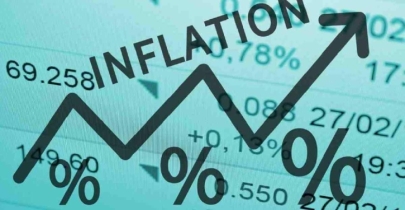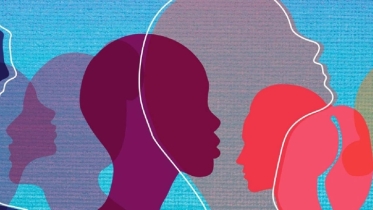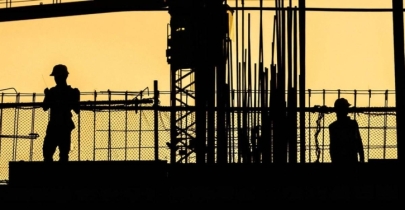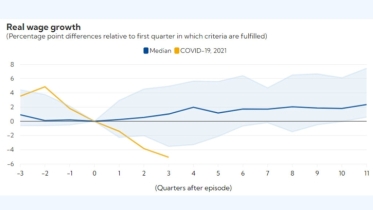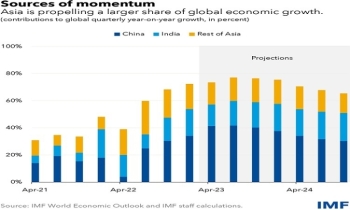Ecofeminist manifesto
Taharat Kais || BusinessInsider
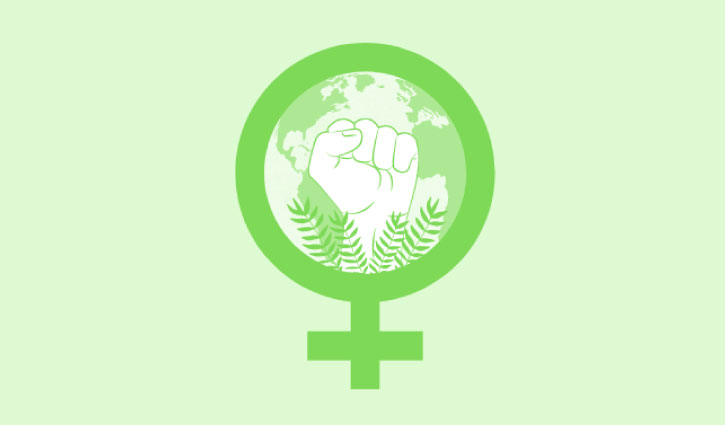
Graphics: Business Insider Bangladesh
The world simultaneously burns and melts as we look on – whatever current solution we have needs to be revised with greater magnitudes of compassion and care for the earth and its inhabitants. In bearing witness to the continuous degradation of the common natural resources of the earth, many have likened this process to the continuous extraction of unpaid labour at the hands of women. Capitalism, and its ongoing nefarious consequences, can only exist and be maintained due to these structures. Capital accumulation and social reproductive labour are fundamentally at contradiction between human survival and capital profit – leading to both economic and climate crisis. Marxist dependence of the environment as an ‘infinite resources’ in building a utopian communal living becomes the foundation of ecofeminist critique as both capitalist and communist discourse take the labour of women and the resources of land as an ‘external’ constant. Ecofeminist Ariel Salleh critiques this, claiming that ‘both nature and women have little subjectivity’ in Marxism. Previous calls for action under the mainstream notions of neoliberal feminism that continue to function under the principles of capitalism lack any recognition of the root issues in climate justice. Ecofeminist Vandana Shiva identifies the misconceptions of neoliberalism as the ‘mistaken belief that human beings are not part of the democracy of nature’s life, that they stand apart from and above nature.’
The fundamental neoliberal principle of mechanical philosophy – where all activity that does not occur in the sphere of a ‘market economy’ is not accounted for, undermines the regenerative and spiritual loss that occurs at the hands of further capital gain. Following this prominent doctrine, nations in the global south as painted as ‘consumers,’ as reliance on the environment, where there is no entry into the market, is not seen as production. This actively has created a narrative that puts the onus of environmental destruction on the global south and the economic capabilities necessary to resolve this issues on the global north. Only an ecofeminist solution can be used to solving the climate crisis - as the climate crisis particularly affects poor working class women in global south disproportionately.
As a Bangladeshi woman, I am from a country that faces dire instances of climate risk that will only worsen due to climate change, where half the population lives, on average, just 10 meters above sea level. Yearly Flash flooding is readily increasing, and salinisation makes clean water scarce. This bodes deadly for many young mothers and their children; 90% of the 140,000 Bangladeshis that died in the tropical cyclone of 1991 were women (Ikeda 1995). The probability and increasing risks of such climate events have left millions desolate and vulnerable, like 80yr old Dhaka citizen Runi Bibi who recounts her childhood when there were ‘ponds full of fishes’ before her local dam broke and damaged the ecosystem that sustained her family’s harvest of ‘date, palm, jackfruit and mango trees.’
Capitalism rests on the heels of apathy and indifference - it obscures and fetishizes the face that looks just as yours - leads us to believe that the difference in circumstance is due to merit and not fickle circumstance. Ecofeminist literature time and time again calls us to look within and around to question the very personification of ‘mother earth’ and the treatment of the metaphorical female body. The term that was once originated from tribal ‘mother right’ traditions prioritising matri-linearity as an equalising force, where all people are children of earth, is now used to justify the constant sacrifice our flora and fauna must experience at the hands of monetary gain.
These consequences listed before of climate change are felt largely by women in the global south - it is indicative of a larger philosophy that denotes all forms of oppression in society. Ecofeminists Vandana Shiva and Marie Mies coined this phenomenon as the ‘white man’s burden’ that typically arise from ‘notions of superiority’ creating ‘paradoxical consequences’ where now the earth and people native to the earth are now burdened by environmental destruction, poverty and dispossession. They go on to argue that the ‘politics of indifference’ is what naturalises both the exploitation of women and nature. The way many modern governments control the reproductive rights and bodily autonomy of those who menstruate is glaringly similar to the ways in which private corporations’ control and exploit natural resources.
Ecofeminist Val Plumwood’s analysis as a hierarchical system based on superiority and inferiority – called ‘dualism’ – where one sphere’s status is directly related to the other being devalued. There is a strong dependency on the ‘inferior party’ to internalise this exploitation so the ‘superior’ party can remain superior, easily seen in the gender binary where the alternative to ‘male’ is not ‘female’ but simply ‘less than male.’ The only way to confront and revolt this is to recognise how dualism is the basis of mainstream feminist dialectic and view the pursuit of climate justice as a feminist one. The United Nations estimate that of 70% of the 1.3 billion people in poverty worldwide are women and according to the UN’s World Food Programme of the 690 million people who are food insecure in the world right - 60% are women and girls (World Food Programme 2021). Furthermore, while women work 2/3 of the world’s working hours and produce half the world’s food, but only earn 10% of the world’s income (UN Inter-Agency Task Force on Rural Women 2012). There is an explicit gender disparity in who experiences the consequences of political and financial instability because of climate risk events. This is further proven by Oxfam’s recent reports on how women and children are 14 times more likely to die in ecological disasters than men (Oxfam 2005) and the UN declaring that of the current displace people globally, 80% are approximately women (Office of The United Nations High Commissioner For Refugees 2019).
It has been clearly established that ecofeminism bridges the gap between our collective understanding of the process that oppress and subjugate nature and its disproportionate impact on women. Prominent works by organisations and ecofeminists that have detailed the steps needed to be taken for reform include the ‘Bali Principles of Climate Justice.’ This called for systemic change from private corporations and the concept of paying an ‘ecological debt’ where national accounting no longer externalised environmental costs. A program of change on general level for all aspects of life as an ecofeminist can be modelled under Charlotte Bunch’s 4 tactical steps of using feminist theory to understand situations:
What is the problem?
How did it originate?
What do we want?
How do get there?
At an interpersonal and spiritual level, as ecofeminists, the first agenda of change is building a community of support and mutual aid for women, to further intergenerational bonding and the passing down of knowledge and sustainable practices of caring of the land around us. The ecofeminist movement largely complements the indigenous Blackfoot Nation’s hierarchy of needs where self-actualisation leads to community actualisation and this ultimately creates cultural perpetuity. Changes such as community supported agriculture are presently occurring, for example Brown Girl Farming actively fights for food justice by ‘spreading love through food and flowers’ and creating ‘celebration in growing the world.’ Ecofeminist Wangari Maathi’s (1940-2011) famously initiated the Green Belt Movement in Kenya, where women planted over 51 million trees and counting in Kenya. Ecofeminist action is all encompassing - change can be fought for in each aspect, every alley of life!
Virginia Woolf’s famous quote ‘women have to fatherland’ is often invoked by ecofeminist Marie Mies to highlight the futility in women inscribing to a global hierarchy that are only maintained by controlling the fertility and reproductive rights of the female body. But it becomes clear that we have each other. Ecofeminism asks you to look beyond and asks for accountability as it demands the dignity of those belittled be seen and heard. Capitalism is death but love is life, we may have no fatherland, but we have each other. Deep affection and concern for the consequences of one’s action on others is what defines a global community. Those that profit off such injustice rely on our apathy and indifference and lack of organisation – ecofeminism asks you to look beyond, because to care for others is the same as it is to breathe. Ecofeminists do not offer you a reason to care but simply shows in stride, and great theoretical analysis, that you always have. Returning the dignity and respect that these processes of misogyny take so quickly away from so many of the global population can only be possible though both restorative and preventative climate justice, under the principles of humanism and revolutionary unity fought for by Ecofeminists in the past and the many in our future. The fight for truth has begun! A fight for life has begun!
The writer is an undergraduate (final year) student of Economics and Political Economy, The University of Sydney.
The opinions expressed in this column are that of the writer.

